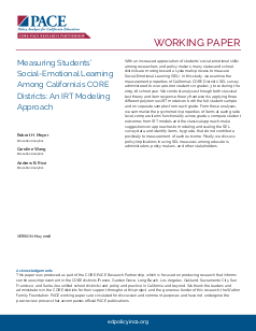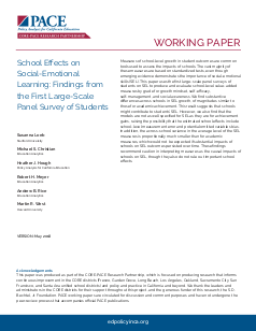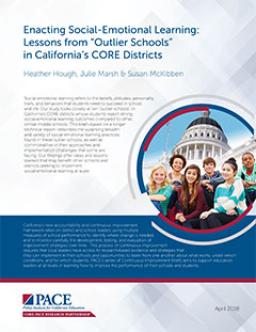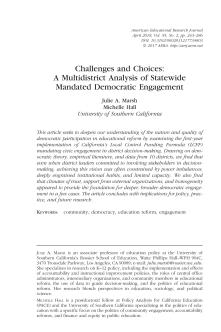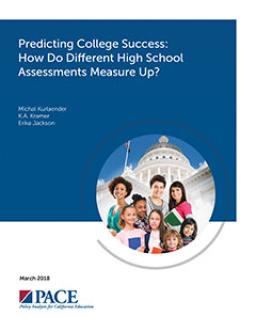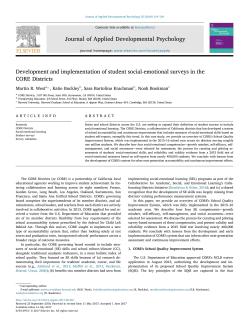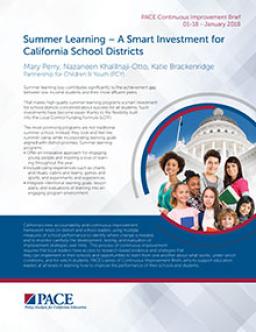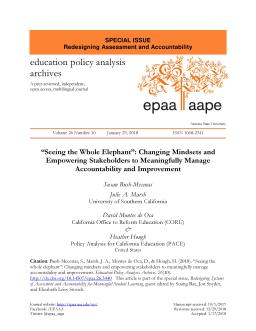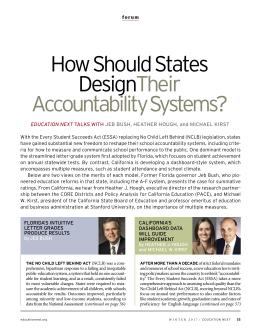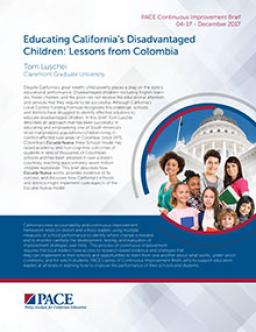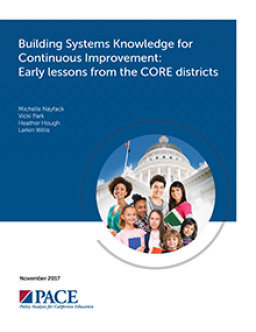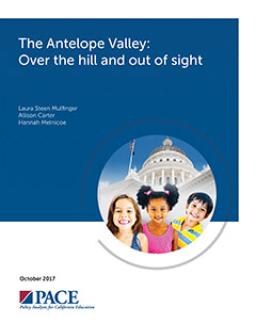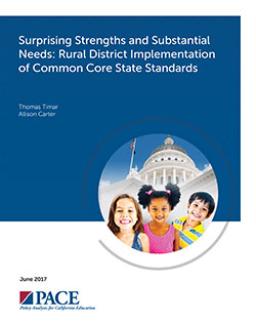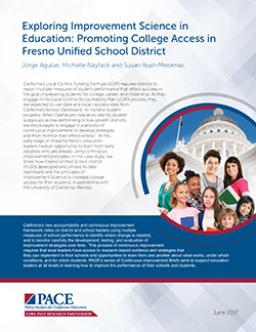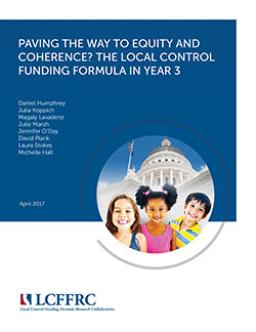Summary
Summary
Summary
Summary
Summary
Summary
Summary
Summary
Summary
Summary
Summary
Summary
Summary
Summary
Summary
Summary
Summary
Summary
Summary
Many parts of California, particularly rural and desert areas, are often overlooked by policymakers and researchers, despite the growing number of students attending school there. The Antelope Valley region has seen steady increases in student enrollment, particularly of Hispanic/Latino(a) and African American students, English learners, and foster youth. This report highlights the needs of the Antelope Valley Union High School District and its feeder districts, and calls for greater focus on supporting high-needs populations outside of urban centers.
Summary
The Local Control Funding Formula gives local education leaders more power to allocate resources, but requires strategic budgeting practices to prioritize goals and make necessary tradeoffs. Three recommendations include integrating budgeting with strategic planning, focusing on critical questions, and developing internal structures to sustain strategic budgeting. These practices improve district policies and performance of local schools and students.



